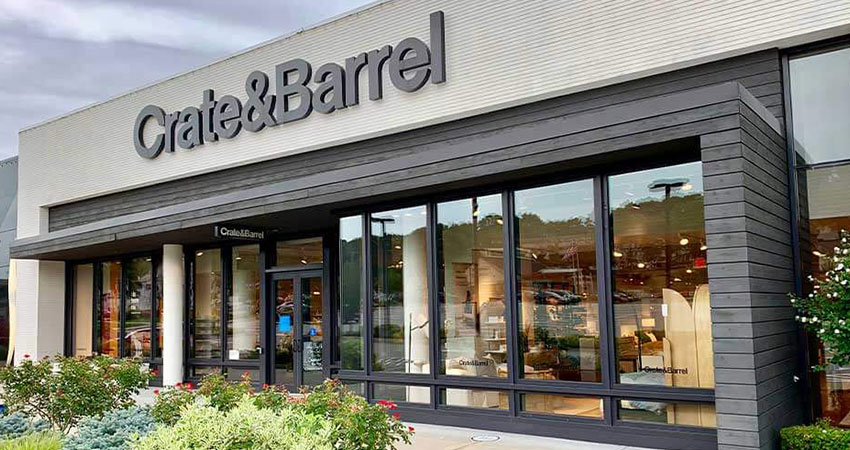While ecommerce returns have flattened a bit, they continue to cost retailers in actual dollars and the bad customer experience. But there are practical ways to reduce the rate, make the process more efficient and leverage the customer opportunity, attendees were told at NRF 2023.
For starters, the way you approach the returns boondoggle should be a company-wide effort and strategy, said Joan King, EVP, digital and international for household goods retailer Crate & Barrel, and not just making supply chain or operations the natural bad guys.
“Things that cause returns include the product itself, its packaging and the online team,” King said. “Was it explained with enough images? Did you use technology for the customer to see it in their space? And did we get it into the home undamaged? These all hit different people in the organization. You need to invest in steps that deliver a better CX. That’s how to get money back.”
Tony Sciarotta, executive director of the Reverse Logistics Association, said for years free returns acted as the “competitive sledgehammer” to attract ecommerce shoppers, but has been dialed back as costs have exploded and shoppers, following human behavior, took advantage.
“You do what you have to do to keep customers happy,” said Sciarotta, who once handled returns for Phillips and significantly reduced its rate. “But on the sustainability side, if you ever visit a returns facility, you’ll see the amount of garbage or packaging that’s thrown away. It’s improving as companies figure out what to do. But the number of touchpoints increase the carbon and labor impact. That’s inconsistent, taking everything back and being sustainable.”
He called out Patagonia, The North Face and Columbia as three outdoor lifestyle brands that have sustainability in their ethos, and reflect it in their circular-focused ecommerce returns strategy. For instance, he said, they encourage in-store returns to drive sales with the credit, build their products for long life and reuse, and donate items they can’t restock and sell to schools and nonprofit organizations.
“That’s circular thinking,” Sciarotta said. “It’s more important than just saying you’re sustainable, and it’s better than a wide-open returns policy.”
Moderator Brendan Witcher, a VP and principal analyst at Forrester, shared an insight from Priya Buening, VP and General Manager of U.S. Ecommerce for Levi Strauss, who had to drop off the panel shortly before the show. Witcher said she explained how Levi Strauss finds creative ways to offset the nominal $5 charge for an ecommerce return.
“They find it in operational efficiency,” he said. “If someone ships a return, it costs them $17 to sent it back and get out the door again, while a return in store only costs $10 (to process). So instead of charging the customer, they steer them toward behaving in a certain way, and it’s more convenient than a $5 charge.”
King said Crate & Barrel “definitely had more stranded product” from returns before instituting a ship-from-store policy. And an expansion of its outlet stores in recent years has been a great avenue to resell used goods, move them quicker and introduce new customers to the retailer’s full-price items at a reduced price point.
“We weren’t necessarily using all avenues to get product out the door,” she said. “Ship from store has enabled us to be much more nimble. There are two big levers, ship from store for faster returns, and outlet as a great source of new customers.”

